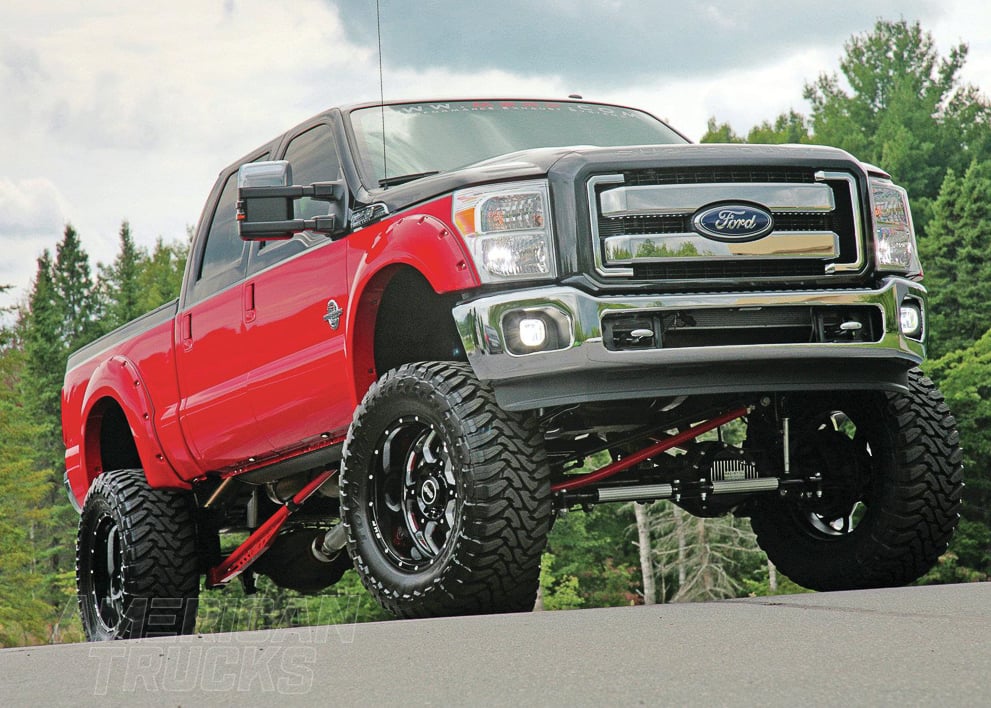Big tires, lift kits, rad exhaust systems, led lights aftermarket bumpers, lower gears, and killer wheels. Sounds like an F-250 that has just about everything going on that you would want it to right? Well, think again. Your engine is a massive part of off-roading, towing, or even getting up to speed with those heavy aftermarket parts.

Table of Contents
- Why Someone Would Want to Tune Their Truck
- Tuning Differences Between Gas and Diesel
- Handheld Tuners
- What Mods Require a Tuner
- What’s the Difference Between a Tuner and a Throttle Adjuster?
- When to Pick a Throttle Adjuster Over a Tuner
Shop F250 Tuners
A tuner might seem like an unnecessary piece of tech when considering a towing vehicle, but the second you decide on a bigger set of tires or a different gear ratio than stock, a tuner will quickly become a necessity. A tuner will correct your speedometer in this case. If you're after power, a tuner will also help max the most of future mods.